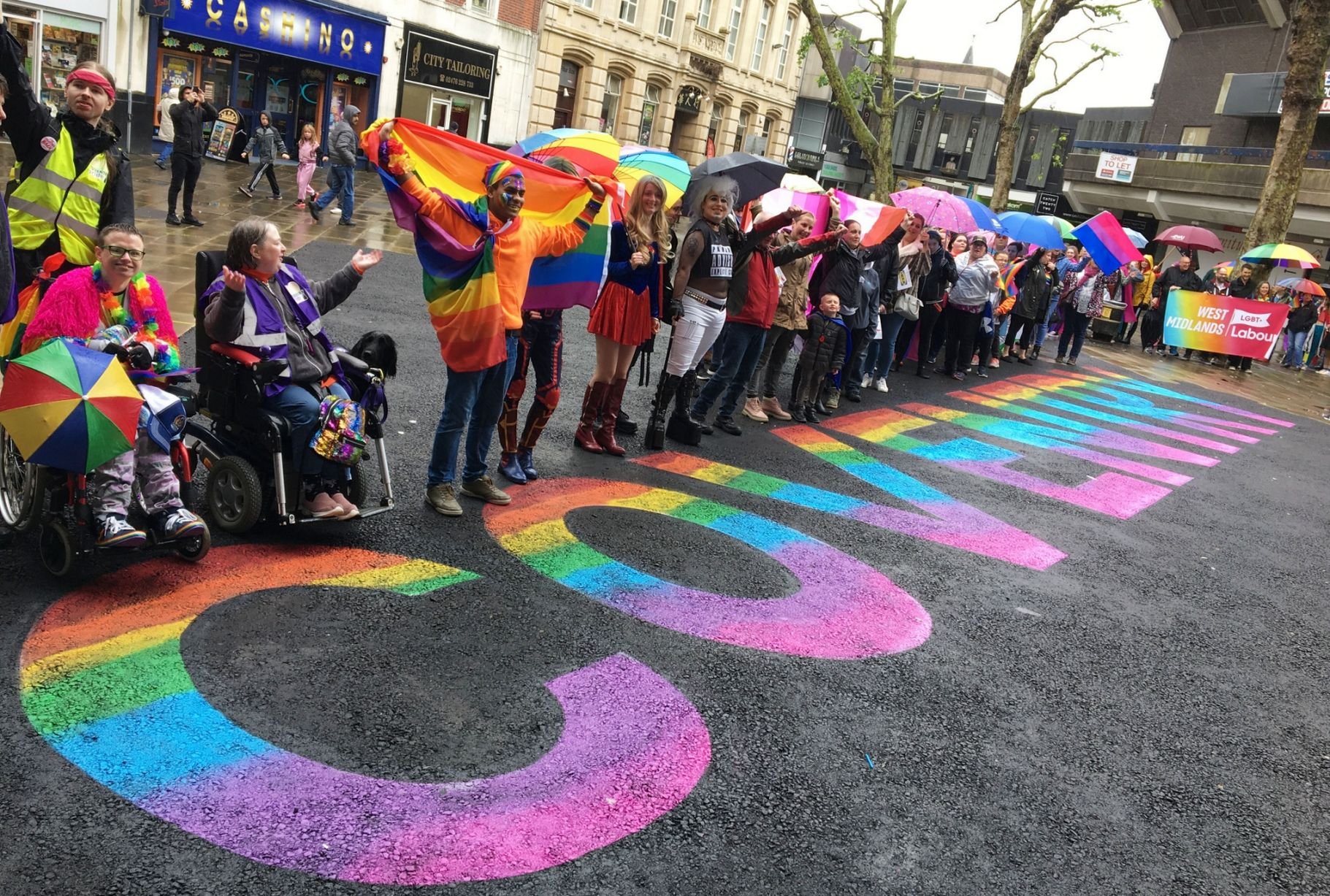A city of movement
What if a train station could embody a city’s spirit and values?
Imagine if a train station became a city focal point, rather than somewhere we simply pass through. Somewhere that can portray a city’s identity and make people feel connected to a place. Why can’t our stations be somewhere that everyone can access, feel considered and included?
We explored this idea and possibility with the City of Coventry.
Why Coventry? It’s a city where diversity is deep rooted, a cultural beacon (with City of Culture 2021 status) and a city close to our hearts. It’s a place that has influenced how we see the world.
The opportunity
The train station has been explored many times to improve the experience for the traveller. It’s an experience that can still be improved, but furthermore a chance to put diversity and inclusion central to the role of these community hubs.
We think our stations can be community connectors, they can be places for social action and community safety, and they can be places where everyone can navigate their space - whether they are passing through or staying for a while.
A community connector through food
How does a place connect with its culture, and vice versa?
Coexist Community Kitchen, Bristol.
Image credit: Benjamin Pryor
At the point of arrival, a station has the chance to tell a story. For Coventry, it’s about a city of movement from historical its transport industry but also through immigration that has made the city diverse and multi-faceted.
There is potential to celebrate newcomers and connect locals together through the power of food.
Imagine if a corner of the site was a community kitchen where the station filled with the smell, taste and sights of Coventry’s cultures, all whilst training up the next generation with opportunities of work.
Imagine if local allotments could provide the daily ingredients to that kitchen, pulling in the community from beyond the station walls. In this case, the Stoney Road allotments, over the line from Coventry station.
Imagine a station as a depot for food waste, that is either offered to those who need it or transformed into a meal at the community kitchen.
What if your first experience of a place (or a lifetime of experiences in your hometown) gave you an introduction to the people who made that city what it is today?
Social action for safety
Stations could be places of action and community safety too.
Everyone should feel safe travelling, whether that’s alone or accompanied. As a city of political reform, the safety of all should be a priority to enable people to feel comfortable both day and night.
Imagine if the press of a button on a smartphone could alarm a train conductor and call for help.
Imagine if a safety ecosystem was created to build a ‘safe circle’ along all stages of your journey in and beyond the station – a diverse transport network of conductors, taxi drivers, community police, baristas and more.
What if our stations were transformed from places we sometimes fear to go to alone, to places we knew were at the heart of a safe city network?
Helping everyone get around
Railway stations should be places where we can all be independent travellers and designed in a way that helps everyone get around.
Who do we mean by everyone? Well, just that. Not just the frequent traveller with shortcuts and best knowledge of the platform. Stations need to work for families (with pushchairs, bags and scattered children); those who are blind or partially sighted; those for whom English isn't a first language; people who use a wheelchair; those with hearing difficulties; or those with learning difficulties.
‘Endless Ribbon Connecting Us’ by Morag Myerscough, Hertford Street, Coventry.
Image credit: Gareth Gardner
There have been recent improvements in how we help people get around but there is more we could do. Sensory design has the power to include more people than ever in the experience of navigating a station, paying particular attention to the framing of permanent, temporary, and situational contexts.
Imagine if colour could better indicate direction, floor levels, rather than rely on written language.
Imagine if visual illumination for schedule changes or notifications can aid those with hearing difficulties. In fact, we all situationally experience occasional hearing difficulties at noisy station platfor
Imagine is information were displayed at multiple heights. Some are often excluded in the welcome to a station, such as children, those in a wheelchair, those who aren’t within an average height range.
What if our railway stations consider a greater array of people to ensure the space works for as many as possible?
Thinking beyond A to B: stations as a place, not a pit-stop
Stations helping us get from A to B is important. But they can be more. If we zoom out and think more broadly about the station as a destination, the opportunity could be greater and more inclusive of the people that use them.
There is potential to manifest the spirit of a town or city, embedding its heritage, story and values can challenge what might perhaps be an expected outcome: something that could be found any city in the world.
Since we invest so much into the space and environment, why not be a place rather than a pit-stop?
Image credit: Uncommon - Coventry City of Culture








